 |
| The newly built house of the people of Ngoc Long commune retains the traditional architecture of the Mong ethnic group. |
In recent times, the Temporary Housing Elimination Program has been actively implemented by all levels, sectors and people, creating a widespread impact, mobilizing the participation of the entire political system. Up to now, the whole province has started construction of 15,064 houses; of which, 13,097 houses have been completed and put into use, reaching 86.94%. 1,967 houses have been started and are striving to be completed before August 31, including 1,709 newly built houses and 258 repaired houses.
In fact, in many places, the identity factor in architecture has not been carefully calculated when removing temporary houses. In the highlands, it is not difficult to find solid houses, but they no longer have the "soul" of the architecture of ethnic minority houses; the elderly find it strange, and children grow up not knowing what a thatched roof, wooden floor, or rammed earth wall is. Removing temporary houses is very necessary, but if the identity is not preserved, it will not be complete. Therefore, if there is no clear direction, it will affect the landscape, causing the indigenous cultural values associated with residential architecture to be lost over time.
Realizing the above situation, many localities have taken timely action. In Yen Minh commune, the number of temporary houses being eliminated due to the merger of 5 localities is very large. Currently, the commune has completed and put into use 412 houses, and is constructing 73 houses; the total allocated budget is over 22.5 billion VND. Comrade Vu Van Quan, Vice Chairman of Yen Minh Commune People's Committee said: "During the implementation process, the commune focused on guiding people to build houses according to the traditional style of their ethnic groups. At the same time, assigning staff with design expertise to provide specific instructions for each ethnic group, Mong, Tay, Dao... People are also very supportive of the implementation, the rate of temporary house elimination projects built according to traditional architecture reached nearly 40%".
The family of Giang Chu Mua, Hong Ngai A village, Thang Mo commune, just inaugurated their new house last June. He shared: “As a Mong ethnic, I want to build according to traditional architecture, replacing weak materials such as earthen walls, wooden pillars and keeping the original 3-room, 2-wing house, sloping roof and yin-yang tiled roof. This way, it is both beautiful and safe while preserving the traditional lifestyle, from the location of the kitchen to the yard where the elderly sit to spin linen and dry corn.”
Determining that “preserving the house is preserving the people”, many households in Yen Son commune who have demolished temporary houses have chosen to build according to traditional architecture. The pillars and floors are made of concrete, but the roof, porch, and walls are designed in the traditional style combined with natural materials such as wooden planks, terracotta bricks, and stone slabs. The locality has a large number of Tay, Dao, and Cao Lan ethnic people living there, so choosing an improved cement stilt house helps to harmonize the material conditions, modern living needs, and clearly demonstrates the awareness of preserving cultural identity.
Mr. Dang Van Phuc, Tan Son village, Yen Son commune said: “The Dao Quan Trang ethnic group considers the stilt house an indispensable part, so when I received 60 million VND in support to remove the temporary house, I borrowed more to build a cement stilt house. The three-generation family agreed not to follow modern architecture. Although the stilt house is made of concrete and steel, the way the rooms are divided, the high floor, the sloping roof, and the wide porch are all kept the same as my grandparents' house in the past.”
The temporary housing elimination program is bringing about significant changes to many villages. However, the emphasis on indigenous cultural elements in design and construction is a requirement that needs to be set forth from the very beginning. Localities need to preserve traditional architectural identity right from the survey, design and instruction stages. Thereby, each house is not only a place to live but also a space to preserve the cultural soul of the ethnic community.
Article and photos: Pham Hoan
Source: https://baotuyenquang.com.vn/chung-tay-xoa-nha-tam--nha-dot-nat/202508/giu-ban-sac-trong-moi-nep-nha-9377916/



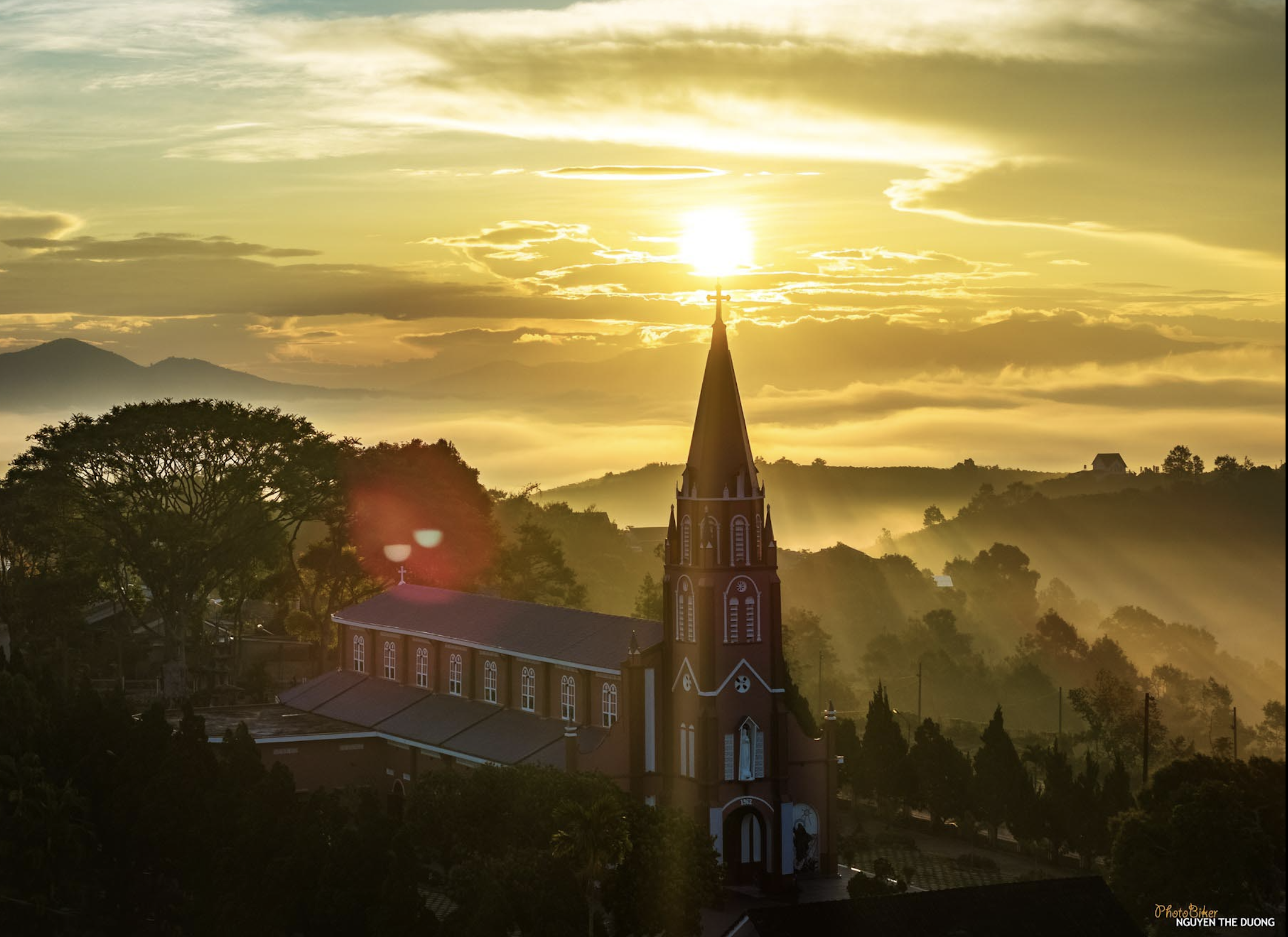


![[Photo] General Secretary To Lam attends the 80th Anniversary of the Cultural Sector's Traditional Day](https://vstatic.vietnam.vn/vietnam/resource/IMAGE/2025/8/23/7a88e6b58502490aa153adf8f0eec2b2)


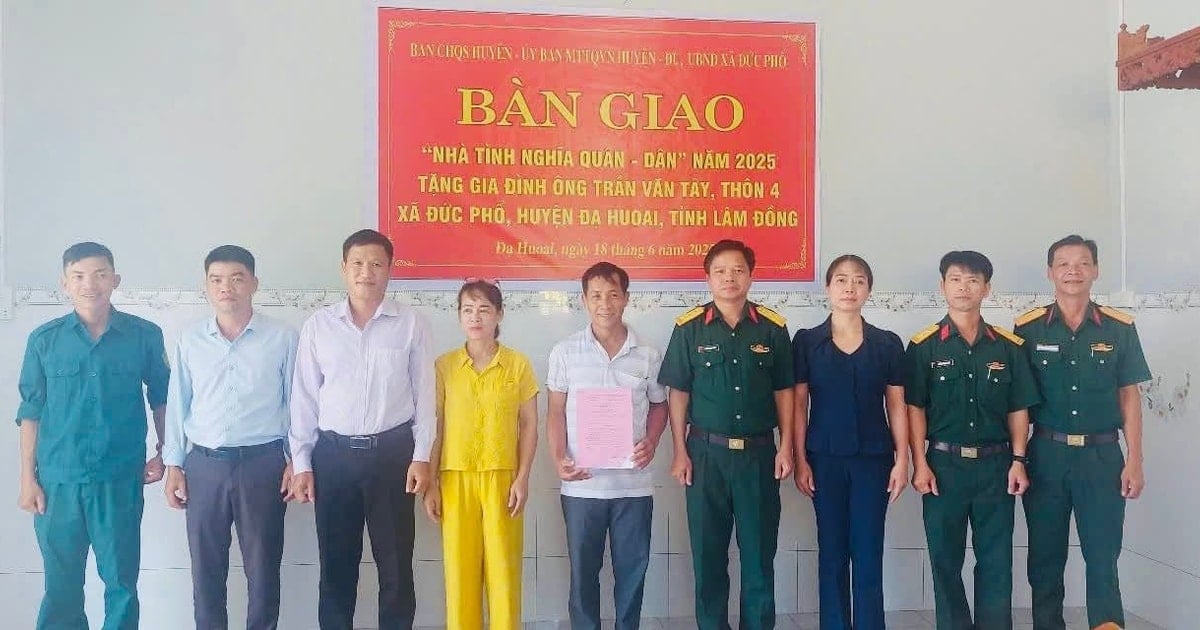

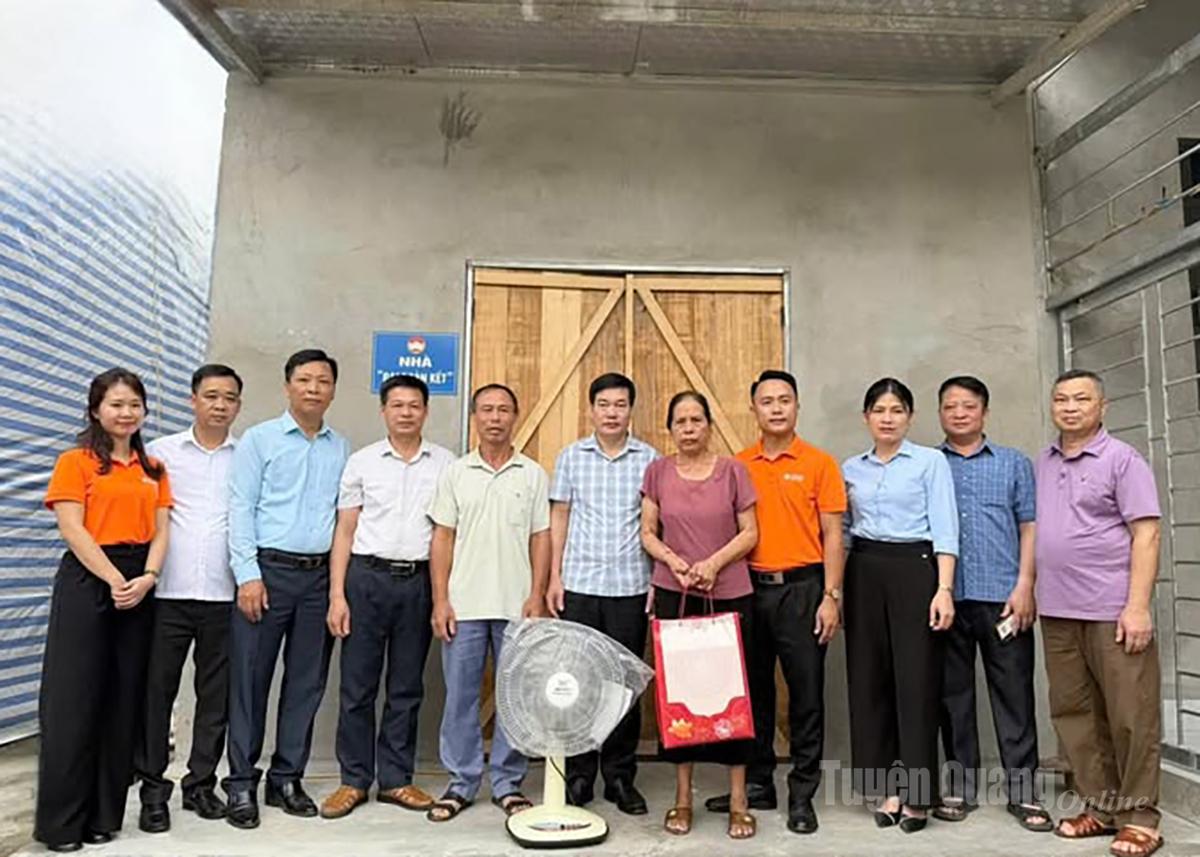
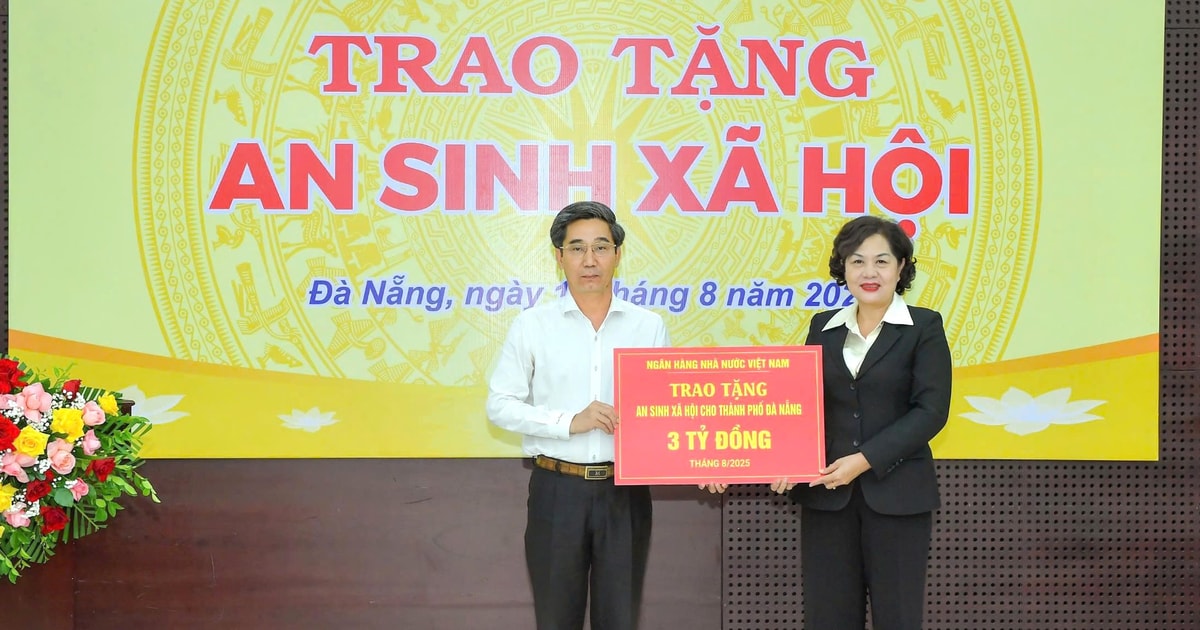

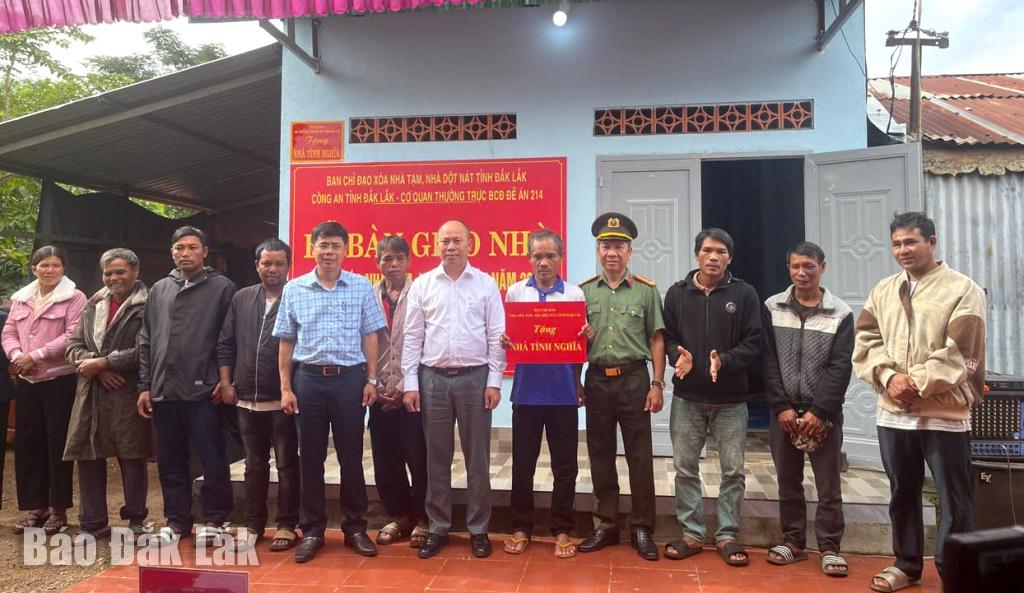

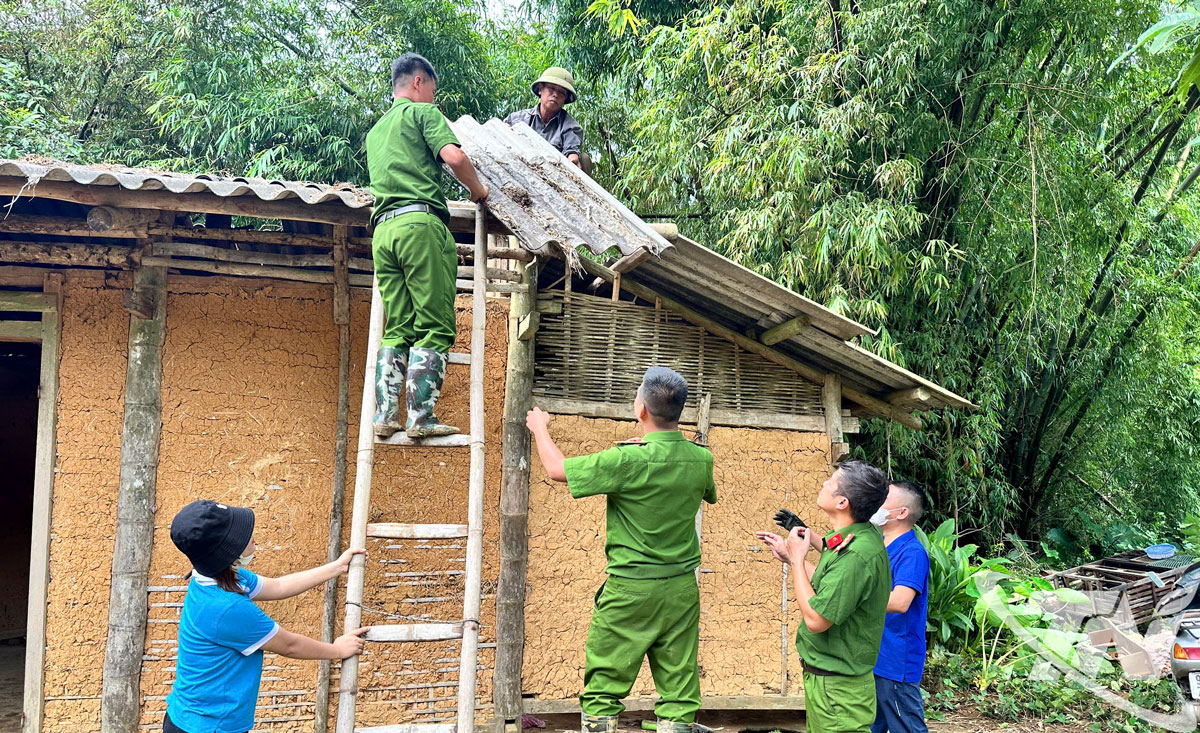







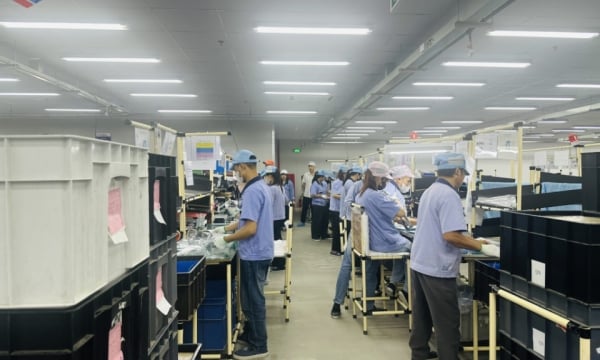


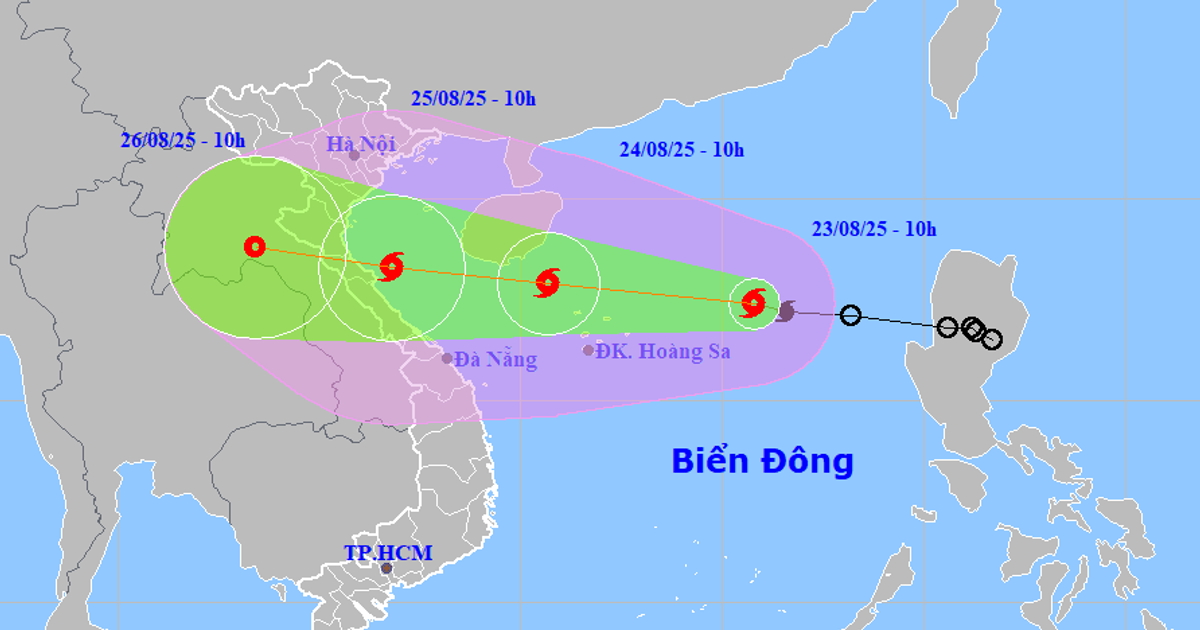
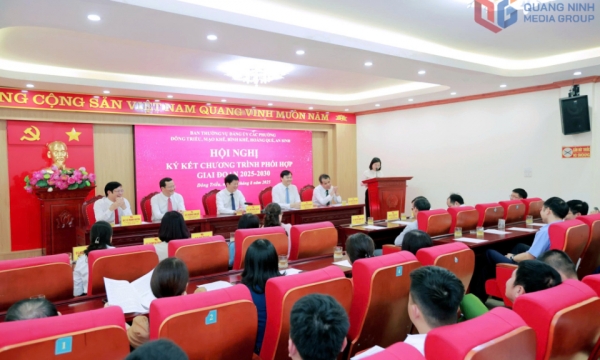




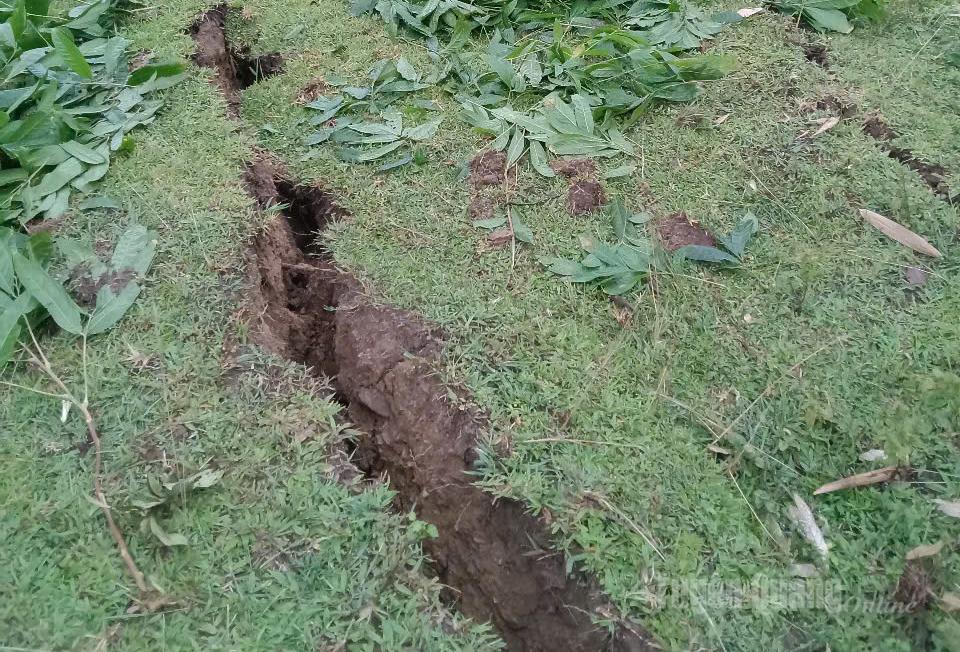
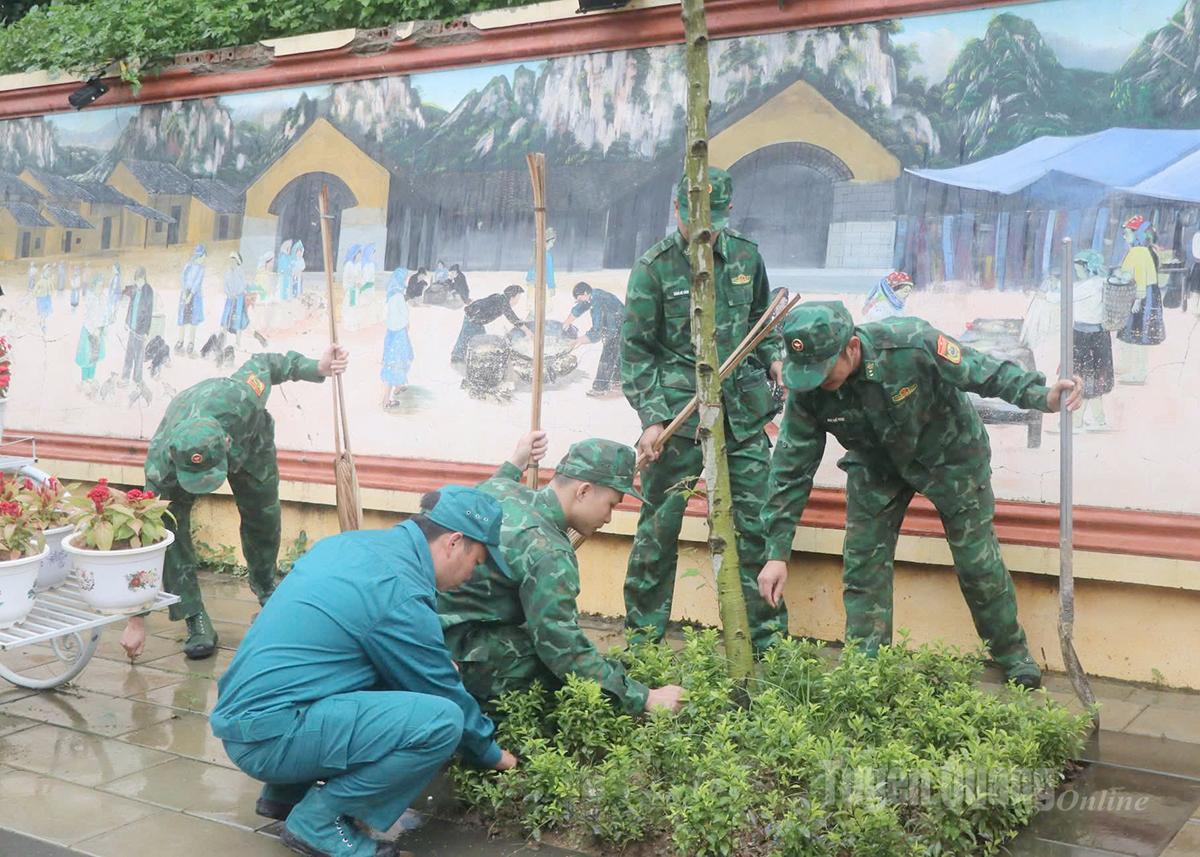

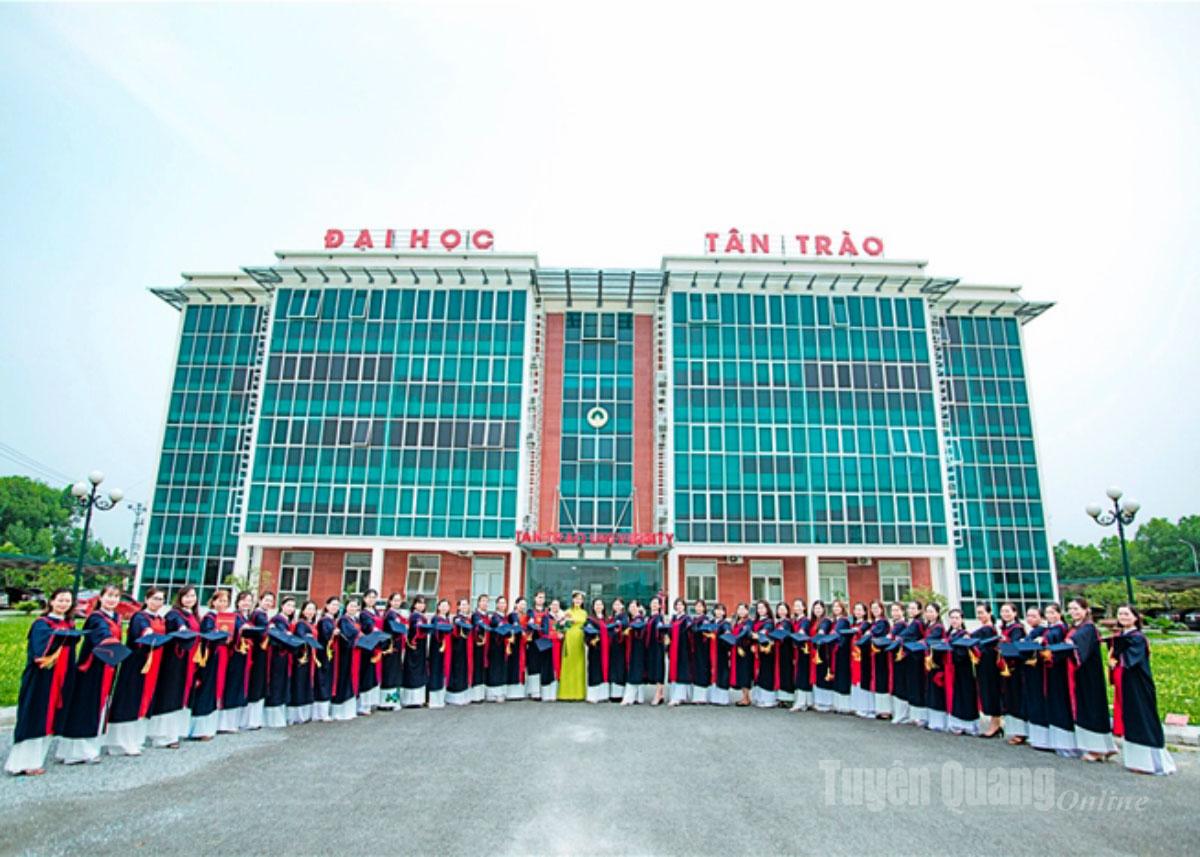
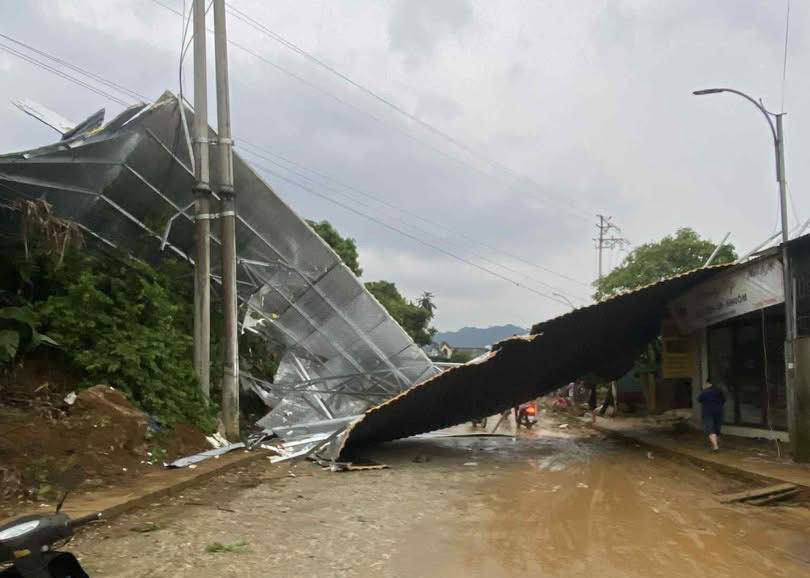
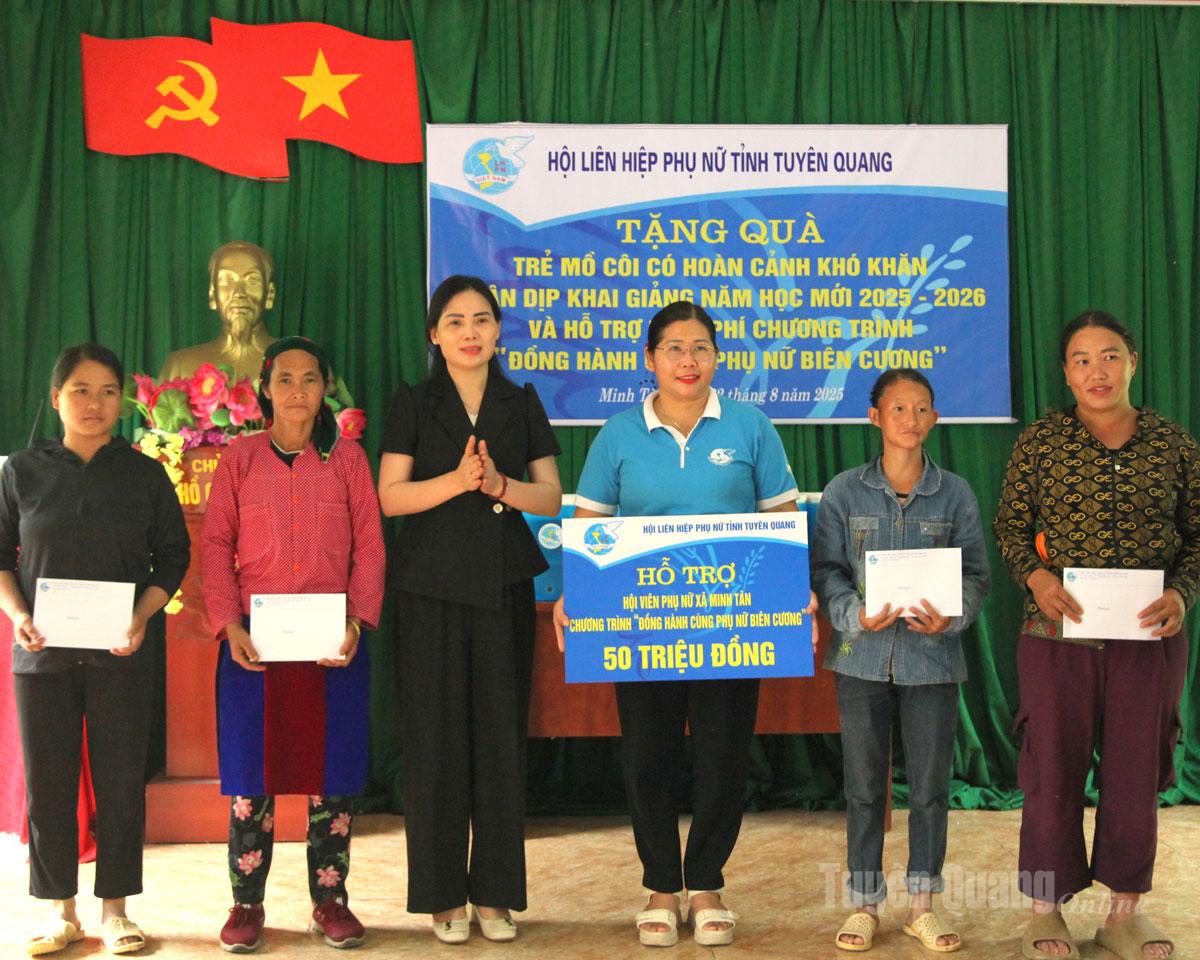
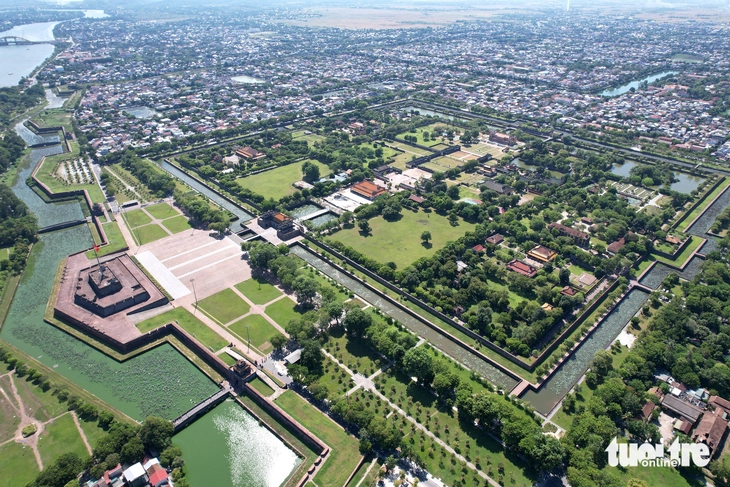



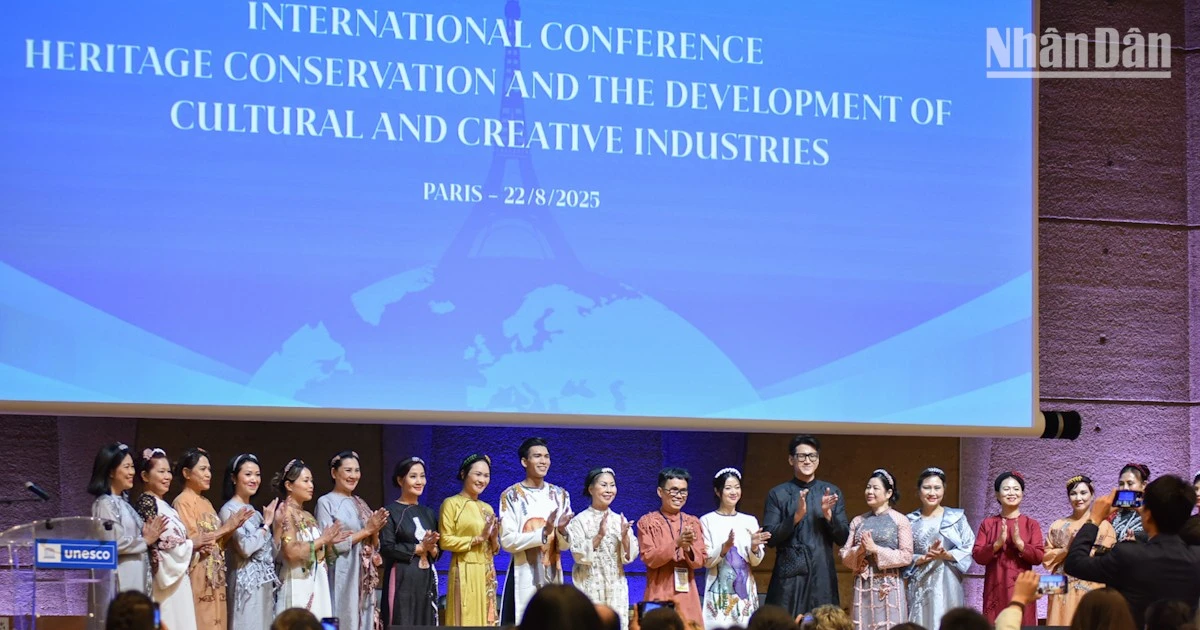







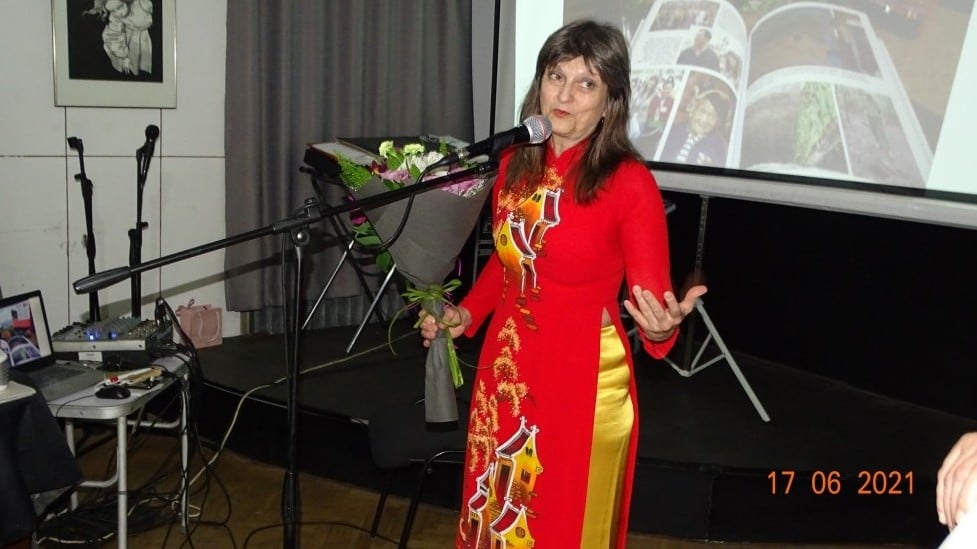





























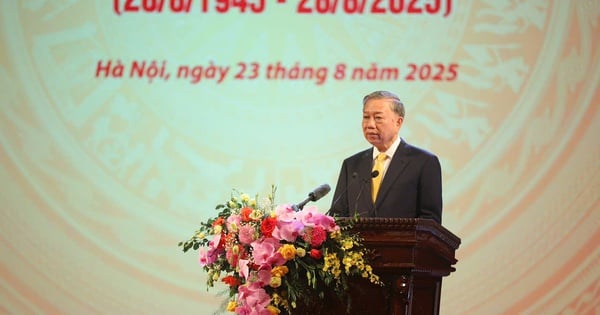

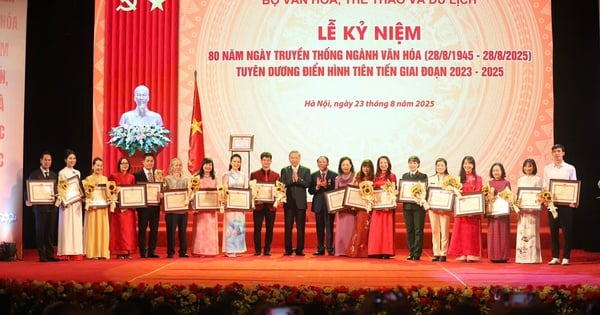













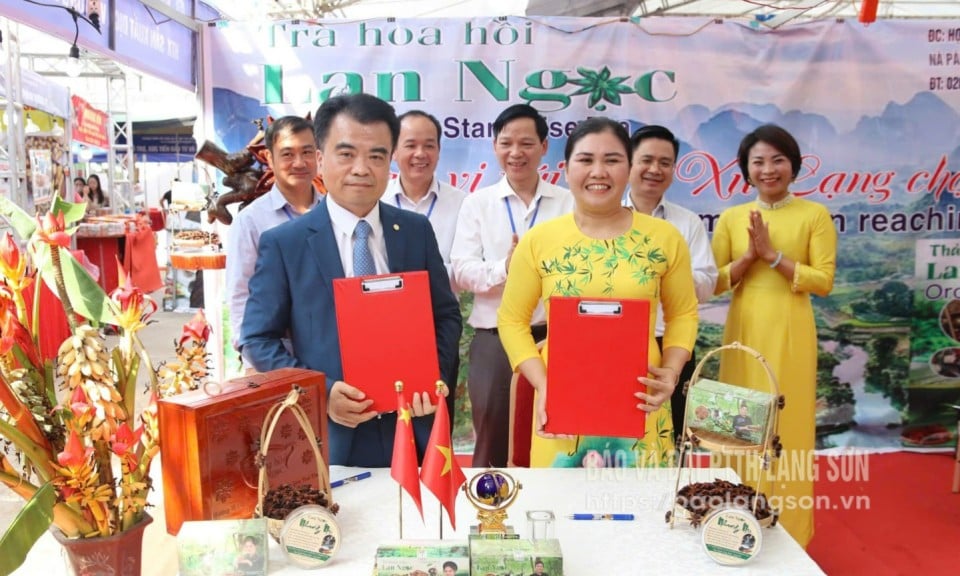

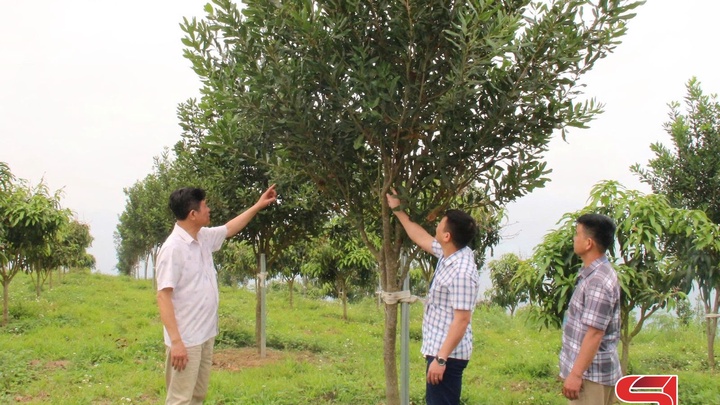






Comment (0)